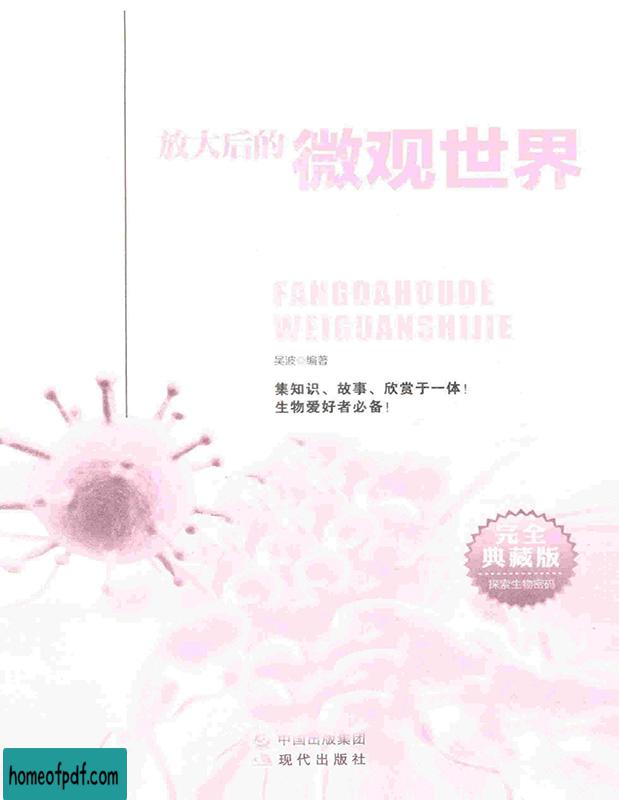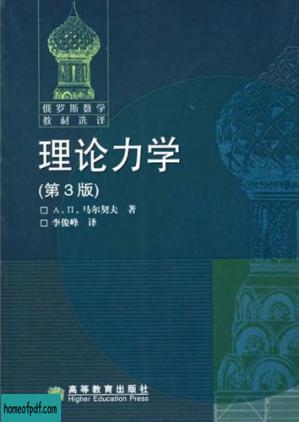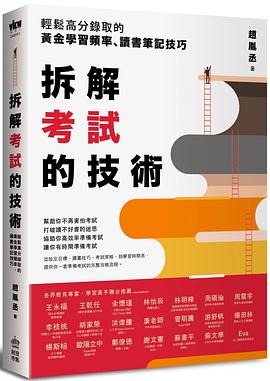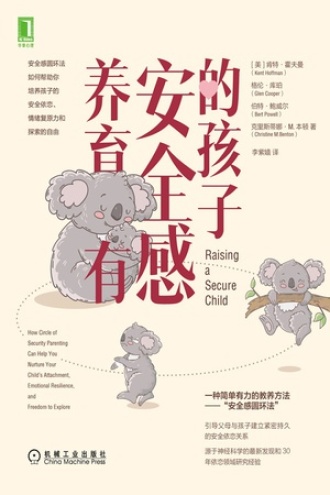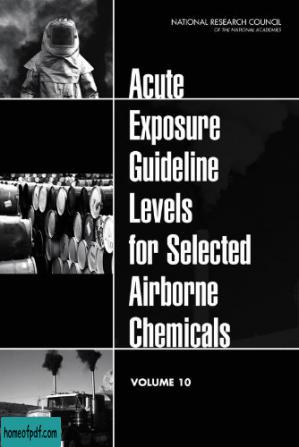Acute Exposure Guideline Levels for Selected Airborne Chemicals 电子书下载
Extremely hazardous substances (EHSs)² can be released accidentally as a result of chemical spills, industrial explosions, fires, or accidents involving railroad cars and trucks transporting EHSs. Workers and residents in communities surrounding industrial facilities where EHSs are manufactured, used, or stored and in communities along the nation`s railways and highways are potentially at risk of being exposed to airborne EHSs during accidental releases or intentional releases by terrorists. Pursuant to the Superfund Amendments and Reauthorization Act of 1986, the U.S. Environmental Protection Agency (EPA) has identified approximately 400 EHSs on the basis of acute lethality data in rodents. As part of its efforts to develop acute exposure guideline levels for EHSs, EPA and the Agency for Toxic Substances and Disease Registry (ATSDR) in 1991 requested that the National Research Council (NRC) develop guidelines for establishing such levels. In response to that request, the NRC published Guidelines for Developing Community Emergency Exposure Levels for Hazardous Substances in 1993. Subsequently, Standard Operating Procedures for Developing Acute Exposure Guideline Levels for Hazardous Substances was published in 2001, providing updated procedures, methodologies, and other guidelines used by the National Advisory Committee (NAC) on Acute Exposure Guideline Levels for Hazardous Substances and the Committee on Acute Exposure Guideline Levels (AEGLs) in developing the AEGL values. In 1998, EPA and DOD requested that the NRC independently review the AEGLs developed by NAC. In response to that request, the NRC organized within its Committee on Toxicology (COT) the Committee on Acute Exposure Guideline Levels, which prepared this report. Acute Exposure Guideline Levels for Selected Airborne Chemicals is the tenth volume of the series and documents for N,N-dimethylformamide, jet propellant fuels 5 and 8, methyl ethyl ketone, perchloromethyl mercaptan, phosphorus oxychloride, phosphorus trichloride, and sulfuryl chloride.
尊敬的读者:
欢迎您访问我们的网站。本站的初衷是为大家提供一个共享学习资料、交换知识的平台。每位用户都可以将文件上传至网盘并分享。
然而,随着用户上传的资料增多,我们发现部分不宜或版权问题的书籍被分享到了本站。
为此,我们已经关闭了分享入口,并进行了多次书籍审查,但仍有部分内容未能彻底审查到位。
在此,我们恳请广大读者与我们共同监督,如发现任何不宜内容,请 点击此处 进行举报,我们会第一时间处理并下架相关内容。
希望我们能共建一个文明社区!感谢您的理解与支持!
猜你喜欢
- 《动物不简单·第1辑:猫头鹰、豹子、猴子、蚂蚁、大象》德斯蒙德・莫里斯等文字版 电子书下载
- 《福尔摩斯探案全集(套装全4册)》[英] 阿瑟·柯南道尔 电子书下载
- Instant Axure RP Starter - Amit Daliot 电子书下载
- 《善恶之源》保罗·布卢姆中文版 电子书下载
- [英文][纽约客]new_yorker.2024.10.07 电子书下载
- High Performance Python - Micha Gorelick and Ian Ozsvald 电子书下载
- 《为什么:社会生活中的理由》查尔斯·蒂利中文版 电子书下载
- 《不抱怨的世界》威尔·鲍温文字版 电子书下载
- 《大地之上》罗欣顿·米斯特里 电子书下载
- 《墙上的斑点》弗吉尼亚·伍尔夫 电子书下载
- VMware ESX: Essentials in the Virtual Data Center - David Marshall, Stephen S. Beaver and Jason W. McCarty 电子书下载
- 《软件创新之路:冲破高技术营造的牢笼》 电子书下载



